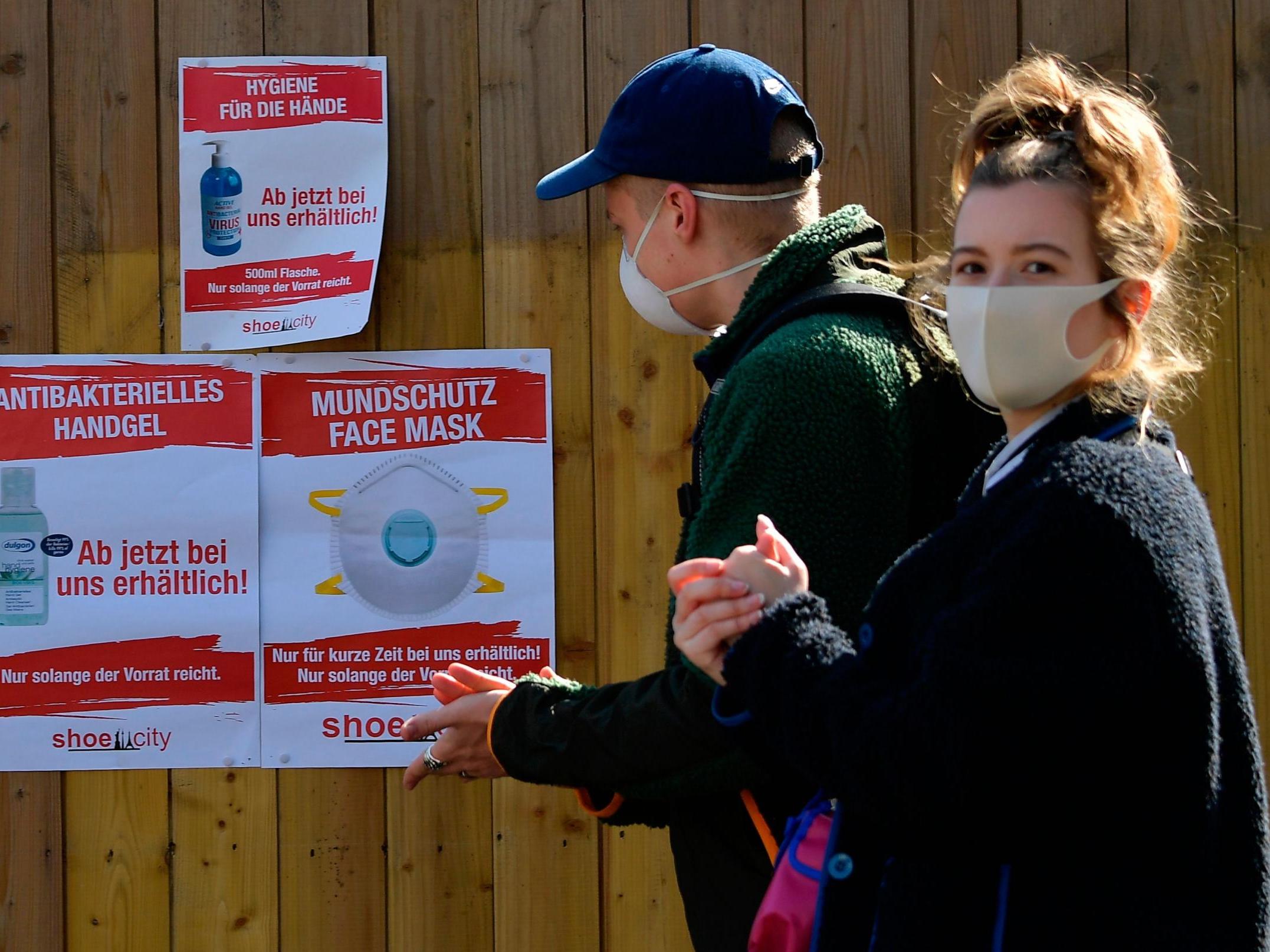

Yet, the unvaccinated continue to mistrust this new vaccine technology ( 24).

Interestingly, there is higher trust on the whole in newly developed mRNA-based vaccines (e.g., BioNTech/Pfizer) than in other vaccine technologies ( 22), perhaps owing to the pioneering role of BioNTech/Pfizer, which received the first approval for a COVID-19 vaccine worldwide ( 23). While many people recognize the benefit of COVID-19 vaccinations, there are individuals who distrust COVID-19 vaccinations. RQ1: What individual factors explain the COVID-19 vaccination status? Against this background, the first research question (RQ1) examines the extent to which factors related to vaccination willingness also apply to vaccination status: Therefore, we assume that measuring vaccination willingness cannot be equated with actual vaccination status. In other words, the number of people willing to get vaccinated exceeded the actual vaccination rate. Comparing the vaccination willingness in Germany during the prioritization phase with the actual vaccination rate after its lifting, data demonstrate a discrepancy of 22% between the willingness to get vaccinated and the actual vaccination rate ( 20, 21). Social media channels are widely used by both governmental institutions to explain the effects of vaccination and anti-vax movements to spread misinformation, such as the claim that vaccination causes infertility ( 19).Įven though previous studies have generated broad knowledge of the factors of vaccination willingness, the abovementioned results were mostly compiled at a time when the vaccines were still being developed or their use was prioritized, as they were available only to risk groups or specific professions rather than to the public at large. Moreover, various studies indicate that social media use represents a new factor concerning vaccination willingness ( 18). It is evident that trust in the state and its institutions is positively related to willingness to vaccinate, while right-wing views are related negatively ( 17). The results indicate that vaccination willingness is linked to basic sociodemographic factors such as sex, age, and socioeconomic background, region migration status ( 14), and belonging to a risk group and knowing people being hospitalized with COVID-19 ( 15). In the context of the COVID-19 pandemic, many studies have examined factors explaining both vaccination hesitancy and willingness before a vaccine was even developed. The WHO includes it in its list of the top ten global health threats ( 10). The so-called vaccine hesitancy describes a refusal of or hesitancy toward vaccines despite their availability ( 9). Despite a large-scale German vaccination media campaign in 20, a substantial portion of the population has refused the COVID-19 vaccination or remained hesitant toward it - a phenomenon observed not only in Germany but also in many other countries. When the COVID-19 vaccination program was first rolled out, demand was high, but it stagnated after a while ( 6). Although certain groups (e.g., high-risk groups) were prioritized initially, all such restrictions were lifted in June 2021 ( 6). By February 2022, further vaccines had been released in Germany, developed by Moderna (mRNA-based), Astra-Zeneca (vector-based), Johnson & Johnson (vector-based), and, more recently, Novavax and Valneva (protein-based). It was approved in Germany in late December 2020. On this date, the mRNA-based COVID-19 vaccine by BioNTech/Pfizer was first submitted for emergency use authorization in the United States ( 5). In terms of the prevention of COVID-19 infections, 20 November 2020, was seen as a turning point in the pandemic. However, vaccinations, described as “the most successful public health measure in history,” are the key preventive measure, saving approximately 2.5 million lives worldwide every year ( 4). Therefore, the implementation of preventive measures in society, such as social distancing, appears to be all the more important. With serious short- and long-term symptoms (e.g., long-term symptoms such as fatigue, headache, and attention disorder) ( 3), the virus continues to pose a serious threat to public health worldwide. For Germany, approximately 27.3 million infections and more than 141,000 deaths had been reported by this time ( 2). By the end of February 2022, the COVID-19 pandemic had caused over 430 million infections with more than 6.3 million deaths worldwide ( 1).


 0 kommentar(er)
0 kommentar(er)
